Home>Interior Design>How To Choose Curtain Colors For Any Room: Experts Advise
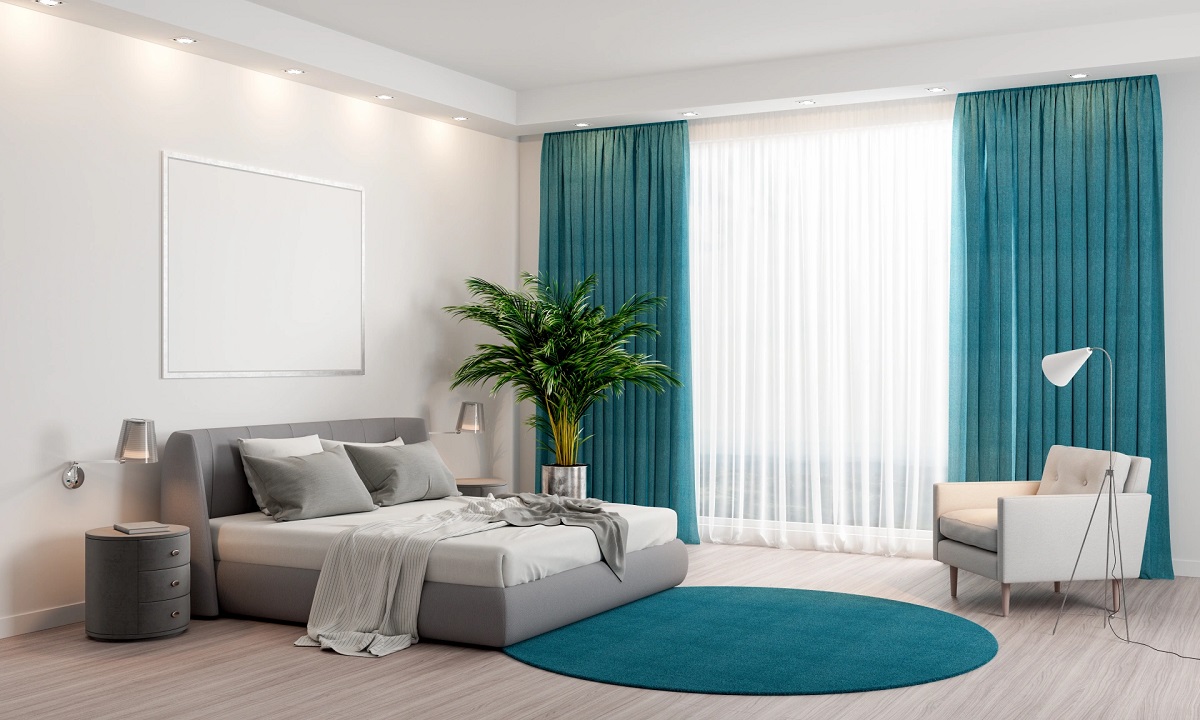

Interior Design
How To Choose Curtain Colors For Any Room: Experts Advise
Modified: September 2, 2024
Discover expert advice on how to choose the perfect curtain colors for any room in your home. Enhance your interior design with these valuable tips.
(Many of the links in this article redirect to a specific reviewed product. Your purchase of these products through affiliate links helps to generate commission for Storables.com, at no extra cost. Learn more)
Introduction
When it comes to interior design, one often overlooked aspect is the choice of curtain colors. However, selecting the right curtain color can greatly impact the overall look and feel of a room. The color of your curtains can set the tone, create a cohesive design, and even affect the mood of the space.
Choosing the perfect curtain color can be a daunting task, especially with the wide range of options available. To help you make an informed decision, we have gathered expert advice to guide you in choosing the ideal curtain colors for any room in your home.
By considering factors such as the purpose of the room, the existing color scheme, and the desired atmosphere, you can select curtain colors that will complement your interior design and create a harmonious and inviting space.
In the following sections, we will explore the various factors to consider when choosing curtain colors, as well as specific tips and ideas for different rooms in your home.
Key Takeaways:
- Elevate your interior design by choosing curtain colors that complement the room’s purpose, existing color scheme, and desired atmosphere. Let your curtains be vibrant statement pieces that make a lasting impression.
- Create a harmonious and inviting space by considering factors such as the purpose of the room, existing color scheme, and desired atmosphere when choosing curtain colors. Trust your instincts and unleash your creativity to elevate your interior design.
Understanding the Importance of Curtain Colors
Curtain colors play a crucial role in interior design as they can greatly influence the overall aesthetic of a room. The right choice of curtain colors can enhance the room’s atmosphere and create a cohesive and stylish look. Here are some reasons why curtain colors are important:
- Setting the Tone: Curtain colors can set the tone and mood of a room. For instance, vibrant and bold colors like red or yellow can create an energetic and lively atmosphere, while soft and pastel colors like blue or pink can evoke a sense of calm and tranquility.
- Enhancing the Design: Curtains can be a focal point of the room, especially if they are in a contrasting or complementary color to the rest of the decor. They can add visual interest and serve as an anchor to tie the entire design scheme together.
- Creating Visual Illusions: Curtain colors can also create visual illusions to enhance the room’s size and height. For instance, light-colored curtains can make a small room look more spacious, while vertical striped curtains can give the illusion of higher ceilings.
- Harmonizing with the Color Scheme: Choosing curtain colors that harmonize with the existing color scheme is essential to create a cohesive and pleasing aesthetic. By selecting colors that complement or match the walls, furniture, and accessories, you can achieve a unified and balanced design.
It’s important to consider the purpose of the room when selecting curtain colors. For example, in a bedroom, you may want to create a relaxing and cozy ambiance, while in a living room, you may want to make a bold statement or create an inviting and warm atmosphere. Each room has its own unique requirements, and the right curtain colors can help achieve the desired effect.
Now that we understand the significance of curtain colors, let’s explore the factors to consider when choosing them for your home.
Factors to Consider when Choosing Curtain Colors
When it comes to selecting the perfect curtain colors for your home, there are several factors to consider. These factors will help you make an informed decision and ensure that your curtain colors align with the overall design scheme of the room. Here are the key factors to keep in mind:
- Room’s Purpose: Consider the purpose of the room when choosing curtain colors. For example, in a bedroom or a living room, you may want to create a soothing and relaxing ambiance, so opting for soft and muted colors would be ideal. In a dining room or kitchen, where you want to stimulate appetite, warm and vibrant colors like red or orange can be more suitable.
- Existing Color Scheme: Take into account the existing color scheme of the room. Look at the wall color, furniture, and other accessories to ensure that the curtain colors complement the overall palette. You can choose curtains that either match the dominant color or provide a contrasting pop of color to create visual interest.
- Lighting: Consider the amount of natural light that enters the room. If the room is well-lit, you have more flexibility in choosing curtain colors. However, if the room lacks natural light, lighter-colored curtains can help brighten and open up the space, while darker-colored curtains can add depth and coziness to the room.
- Style and Theme: Consider the style and theme of the room when selecting curtain colors. Is the room modern, traditional, or eclectic? Choose colors that align with the overall style and theme of the space. For modern rooms, neutral or monochromatic colors can work well, while traditional rooms can benefit from rich and warm colors.
- Personal Preference: Ultimately, your personal preference plays a crucial role in choosing curtain colors. Consider your own tastes and preferences, as you will be the one living in the space. Choose colors that resonate with you and reflect your personality.
By considering these factors and finding a balance between functionality and aesthetics, you can choose curtain colors that enhance the overall design of your room and create a beautiful and inviting space.
In the next sections, we will dive into specific tips and ideas for choosing curtain colors for different rooms in your home, such as living rooms, bedrooms, kitchens, bathrooms, home offices, study spaces, and children’s rooms.
Tips for Choosing Curtain Colors for Living Rooms
The living room is often the heart of the home, where you relax, entertain guests, and spend quality time with your family. Choosing the right curtain colors can enhance the overall ambiance and style of your living room. Here are some tips to help you choose the perfect curtain colors:
- Consider the Existing Color Scheme: Take into account the colors already present in your living room, such as the walls, furniture, and decor. You can either select curtain colors that match the dominant color or choose complementary colors for contrast. For example, if you have neutral walls, you can opt for curtains in a vibrant color like teal or mustard yellow.
- Embrace Neutral Tones: Neutral curtain colors such as white, beige, or gray can provide a timeless and versatile look in the living room. They can easily complement any decor style and allow you to experiment with different accent colors through throw pillows, rugs, and other accessories.
- Add a Pop of Color: If your living room has a neutral color scheme, consider adding a vibrant pop of color through your curtains. This can create a focal point and add visual interest to the space. Just make sure to choose a color that complements the other elements in the room.
- Create a Cozy Atmosphere: If you aim to create a cozy and warm atmosphere in your living room, consider curtains in warm tones such as deep reds, oranges, or browns. These colors can evoke a sense of comfort and intimacy, especially in colder months.
- Consider the Amount of Natural Light: The amount of natural light in your living room plays a significant role in choosing curtain colors. If your living room gets ample sunlight, consider lighter-colored curtains to maximize the brightness. If the room lacks natural light, opt for darker-colored curtains to add depth and create a cozy ambiance.
- Play with Patterns and Textures: Don’t be afraid to introduce patterns and textures in your curtain choices. Stripes, floral prints, or geometric patterns can add visual interest to your living room. Additionally, consider curtains with different textures like velvet or linen for an extra touch of elegance.
Remember, the goal is to create a living room that reflects your personal style while providing a comfortable and inviting space. By considering the existing color scheme, embracing neutrals, adding pops of color, and playing with patterns and textures, you can choose curtain colors that elevate the design of your living room.
In the next section, we will delve into expert advice on choosing curtain colors specifically for bedrooms, where creating a cozy and soothing atmosphere is key.
Experts’ Advice on Choosing Curtain Colors for Bedrooms
When it comes to bedrooms, the choice of curtain colors can greatly impact the overall ambiance and create a soothing and calming atmosphere. We spoke with interior design experts to gather their advice on choosing the perfect curtain colors for bedrooms. Here are their top tips:
- Opt for Soft and Soothing Hues: Experts recommend choosing soft and soothing colors for bedroom curtains to create a tranquil and relaxing environment. Colors such as light blues, lavender, pale greens, and pastel shades can help foster a sense of calmness and promote better sleep.
- Avoid Bright and Bold Colors: While bright and bold colors can create a vibrant and energetic vibe, they may not be ideal for bedrooms. Experts suggest avoiding intense and stimulating colors like red or bright yellow, as these can be too stimulating and may disrupt your sleep patterns.
- Consider Neutral Shades: Neutral shades like beige, ivory, or pale gray can provide a serene and elegant look in the bedroom. These colors also have the advantage of versatility, as they easily coordinate with different decor styles and other accent colors.
- Layer with Sheer Curtains: For added privacy and light control, experts often recommend layering curtains with sheer panels. Sheer curtains can create a soft and dreamy effect while allowing natural light to filter into the room during the day.
- Think About Texture: To add visual interest and depth to your bedroom curtains, consider incorporating different textures. Velvet, silk, or even a subtle pattern like damask or jacquard can elevate the overall look of your bedroom while maintaining a soothing atmosphere.
- Consider Room Darkening or Blackout Options: If you are sensitive to light or want to create a perfectly dark environment for sleep, consider choosing room darkening or blackout curtains. These options block out external light sources and help promote a more restful sleep.
By following these expert guidelines and incorporating soft and soothing colors, neutral shades, layered curtains, textures, and room darkening options, you can create a peaceful and inviting bedroom sanctuary.
In the next section, we will explore curtain color options for kitchens and dining areas, where a different atmosphere is desired.
Consider the mood you want to create in the room. Light, neutral colors can make a room feel airy and spacious, while darker colors can add warmth and coziness.
Selecting Curtain Colors for Kitchens and Dining Areas
Kitchens and dining areas are areas of the home where functionality and style must coexist. When selecting curtain colors for these spaces, you want to consider both practicality and aesthetic appeal. Here are some tips to help you choose the right curtain colors for your kitchens and dining areas:
- Consider the Existing Color Scheme: Take into account the colors already present in your kitchen or dining area. If you have a neutral color scheme, you have more freedom to choose curtain colors with a pop of vibrancy or patterns. If your kitchen or dining area has bold colors, you may want to opt for more subtle curtain colors to balance the visual impact.
- Reflect the Atmosphere: The atmosphere you want to create in your kitchen and dining area is essential. For a lively and energetic vibe, consider using bright and vibrant colors like red, orange, or yellow. If you prefer a more relaxed and serene ambiance, softer colors like pastel blue or green can be an excellent choice.
- Consider Practicality: Kitchens and dining areas are prone to food splatters and cooking odors. Consider choosing curtain materials that are easy to clean and maintain. Fabrics like cotton or polyester blends are durable and can withstand frequent washing. Additionally, you may want to avoid overly long curtains in these areas to prevent any potential accidents or interference while cooking.
- Balance Natural Light: Natural light is desirable in kitchens and dining areas. Consider curtain colors that allow ample sunlight to enter the space without overly blocking the light. Sheer or semi-transparent curtains can be a great option as they provide some privacy while still allowing light to filter through.
- Add Texture and Patterns: To add visual interest and dimension to your kitchen or dining area, consider curtains with textures or patterns. Textured fabrics like linen or woven materials can bring warmth and depth to the space, while patterns like stripes or geometric designs can inject personality and style.
- Coordinate with Other Elements: Ensure that the curtain colors coordinate well with other elements in the room, such as the countertop, backsplash, or dining table. The curtains should complement the overall color scheme and contribute to a cohesive and harmonious design.
By considering the existing color scheme, reflecting the desired atmosphere, prioritizing practicality, balancing natural light, incorporating texture and patterns, and coordinating with other elements, you can select the perfect curtain colors for your kitchens and dining areas.
In the next section, we will explore curtain color options specifically for bathrooms, where privacy and moisture resistance are important considerations.
Curtain Color Options for Bathrooms
When it comes to choosing curtain colors for bathrooms, several factors come into play, such as privacy, moisture resistance, and creating a calming and refreshing atmosphere. Here are some curtain color options that work well in bathrooms:
- White: White curtains in bathrooms are a classic choice. They create a clean and fresh look, enhance the sense of cleanliness, and complement any bathroom decor. Additionally, white curtains reflect light, making the bathroom appear brighter and more spacious.
- Soft Pastels: Soft pastel colors like light blue, mint green, or pale pink can add a touch of serenity and tranquility to your bathroom. These colors evoke a spa-like ambiance and create a relaxing atmosphere, perfect for a soothing bath or getting ready in the morning.
- Neutral Earth Tones: Neutral earth tones like beige, tan, or light gray can create a warm and inviting feel in a bathroom. These colors work well with various decor styles and can provide a natural and organic look.
- Subtle Patterns: Consider adding subtle patterns to your bathroom curtains to add visual interest. Delicate stripes, small-scale geometric designs, or nature-inspired prints can enhance the overall aesthetic of the space without overpowering it.
- Muted Blues and Greens: Shades of blue and green are popular choices for bathrooms as they are reminiscent of water and nature. Light aqua, seafoam green, or soft sage can create a calming and refreshing vibe in your bathroom, evoking a sense of tranquility.
- Darker Colors as Accents: While lighter colors are commonly chosen for bathroom curtains, incorporating darker colors as accents can be stylish and create a sense of depth. Consider using dark gray or navy curtains as an accent color to add a touch of sophistication to your bathroom decor.
Remember to choose curtain materials that are moisture-resistant and easy to clean. Fabrics like polyester or nylon blends are ideal for bathrooms as they can withstand humid conditions and are resistant to mold or mildew.
By selecting curtain colors that create a calming and refreshing atmosphere, incorporating subtle patterns, and considering the practicality of materials, you can enhance the overall design of your bathroom and create a relaxing sanctuary.
In the next section, we will explore curtain color ideas specifically for home offices and study spaces, where productivity and focus are key.
Curtain Color Ideas for Home Offices and Study Spaces
When it comes to home offices and study spaces, the right curtain colors can enhance productivity, focus, and create a conducive environment for work and study. Here are some curtain color ideas that work well in these spaces:
- Neutral Shades: Neutral colors like white, beige, or light gray are popular choices for home offices and study spaces. They create a clean and minimalist look, allowing you to focus on your work without distractions. Neutral shades also provide a versatile backdrop that complements a variety of office decor styles.
- Cool Blues: Cool blue shades, such as light blue or soft aqua, can evoke a sense of tranquility and calmness. Blue is known to enhance concentration and productivity, making it an excellent choice for study spaces and home offices.
- Soothing Greens: Greens, especially muted or soft shades like sage or olive, can create a sense of balance and harmony in your workspace. Green is often associated with creativity and can provide a refreshing and calming ambiance.
- Subtle Patterns or Textures: Incorporating subtle patterns or textures in your curtain choice can add visual interest to your workspace. Consider curtains with delicate geometric patterns, small-scale motifs, or textured fabrics like linen or tweed to create a stylish and unique look.
- Dark Colors for Focus: If you prefer a more dramatic and focused environment, consider using darker colored curtains. Deep navy, charcoal gray, or rich burgundy can add a touch of sophistication and create a sense of depth and intensity, ideal for those who need intense focus during work or study sessions.
- Consider Light Control: Depending on the amount of natural light in your workspace, you may need curtains that offer light control options. Consider curtains with blackout or room-darkening features to minimize glare and create an optimum lighting environment for your work or study needs.
When choosing curtain colors for your home office or study space, it’s important to strike a balance between creating a stimulating environment for productivity and maintaining a calming atmosphere. Consider your personal preferences and the type of work you engage in to find the perfect curtain colors that align with your needs.
In summary, neutral shades, cool blues, soothing greens, subtle patterns or textures, dark colors for focus, and considering light control options are all effective curtain color ideas for home offices and study spaces.
In the next section, we will explore curtain color options specifically for children’s rooms, where vibrancy, imagination, and playfulness are key.
Choosing Curtain Colors for Children’s Rooms
When it comes to children’s rooms, the choice of curtain colors can create a fun and vibrant atmosphere that sparks their imagination and reflects their unique personalities. Here are some tips for selecting curtain colors for children’s rooms:
- Bright and Bold Colors: Children are drawn to bright and bold colors. Consider using curtain colors like vibrant red, sunny yellow, or royal blue to create a cheerful and stimulating environment. These colors can energize the space and inspire creativity in your child.
- Favorite Colors and Characters: Take into account your child’s favorite colors or characters when choosing curtain colors. Incorporating their preferences into the room’s design can make them feel more connected to their personal space and foster a sense of ownership and happiness.
- Patterns and Prints: Children often enjoy patterns and prints in their rooms. Consider using curtains with playful patterns like polka dots, stripes, or geometric designs. This can add a lively and dynamic element to the room’s decor.
- Pastel Palettes: For a softer and more soothing look, pastel colors can work well in children’s rooms. Light pinks, soft yellows, or mint greens create a gentle and calming ambiance that can help promote relaxation and peaceful sleep.
- Theme-Based Colors: If your child has a specific theme or interest, consider incorporating colors that align with that theme. For example, if they love outer space, consider using celestial-inspired colors like deep blues, purples, and shimmering silver.
- Gender-Neutral Options: If you’re designing a shared room or prefer gender-neutral colors, consider using shades like mint green, teal, or soft gray. These colors can create a versatile backdrop and provide a balanced environment for both girls and boys.
Remember to consider other elements in the room, such as bedding, furniture, and accessories, when selecting curtain colors. Ensure that the colors coordinate well and create a cohesive and playful space. Additionally, opt for curtain materials that are durable and easy to clean, as children’s rooms tend to be high-activity areas.
By incorporating bright and bold colors, considering favorite colors or characters, using patterns and prints, exploring pastel palettes, incorporating theme-based colors, and opting for gender-neutral options, you can create a vibrant and stimulating space that reflects your child’s personality and fosters their imagination.
With our guide to curtain color selection for different rooms in your home, you can now confidently choose the perfect curtain colors that will enhance the overall design and create a visually appealing and harmonious space. Remember to always consider the purpose of the room, the existing color scheme, and the desired atmosphere to make informed decisions that will result in a beautiful and inviting environment.
Remember, these are just suggestions, and ultimately, it’s important to choose curtain colors that your child enjoys and makes them feel happy and comfortable in their own space.
Conclusion
Choosing the right curtain colors is a crucial aspect of interior design that can greatly impact the overall look and feel of any room in your home. By considering factors such as the purpose of the room, the existing color scheme, and the desired atmosphere, you can select curtain colors that complement your interior design and create a harmonious and inviting space.
For living rooms, consider the existing color scheme and the mood you want to create. Neutral tones provide versatility, while pops of color can add visual interest. In bedrooms, opt for soft and soothing hues to create a tranquil atmosphere that promotes relaxation and restful sleep.
Kitchens and dining areas call for practicality and style. Consider the existing color scheme, reflect the desired atmosphere, and choose materials that are easy to clean. In bathrooms, opt for colors that promote cleanliness and tranquility, and choose moisture-resistant fabrics.
When it comes to home offices and study spaces, select curtain colors that enhance productivity and focus. Neutral shades provide a clean and minimalist backdrop, while cool blues or soothing greens can create a calming and refreshing ambiance. Children’s rooms call for bright and bold colors, playful patterns, and themes that reflect their interests to stimulate their imagination.
Remember, curtain colors should not only enhance the aesthetics but also align with the functionality and purpose of the room. They should complement the existing color scheme and create a cohesive and visually appealing space. Personal preference also plays a significant role, so trust your instincts and choose colors that resonate with you.
By following these guidelines and incorporating expert advice, you can confidently choose curtain colors that will elevate the design of your home and create a welcoming and comfortable environment for you and your family.
So go ahead, unleash your creativity, and let your curtains be the vibrant and stylish statement pieces that elevate your interior design and make a lasting impression.
Frequently Asked Questions about How To Choose Curtain Colors For Any Room: Experts Advise
– Neutral tones like white, beige, and gray for a minimalist and modern look.
– Bold and vibrant colors like red, blue, or yellow for a more eclectic and lively atmosphere.
– Earthy tones like green, brown, or terracotta for a cozy and natural feel.
– Dark shades like navy, charcoal, or deep purple for a dramatic and sophisticated ambiance.
Was this page helpful?
At Storables.com, we guarantee accurate and reliable information. Our content, validated by Expert Board Contributors, is crafted following stringent Editorial Policies. We're committed to providing you with well-researched, expert-backed insights for all your informational needs.
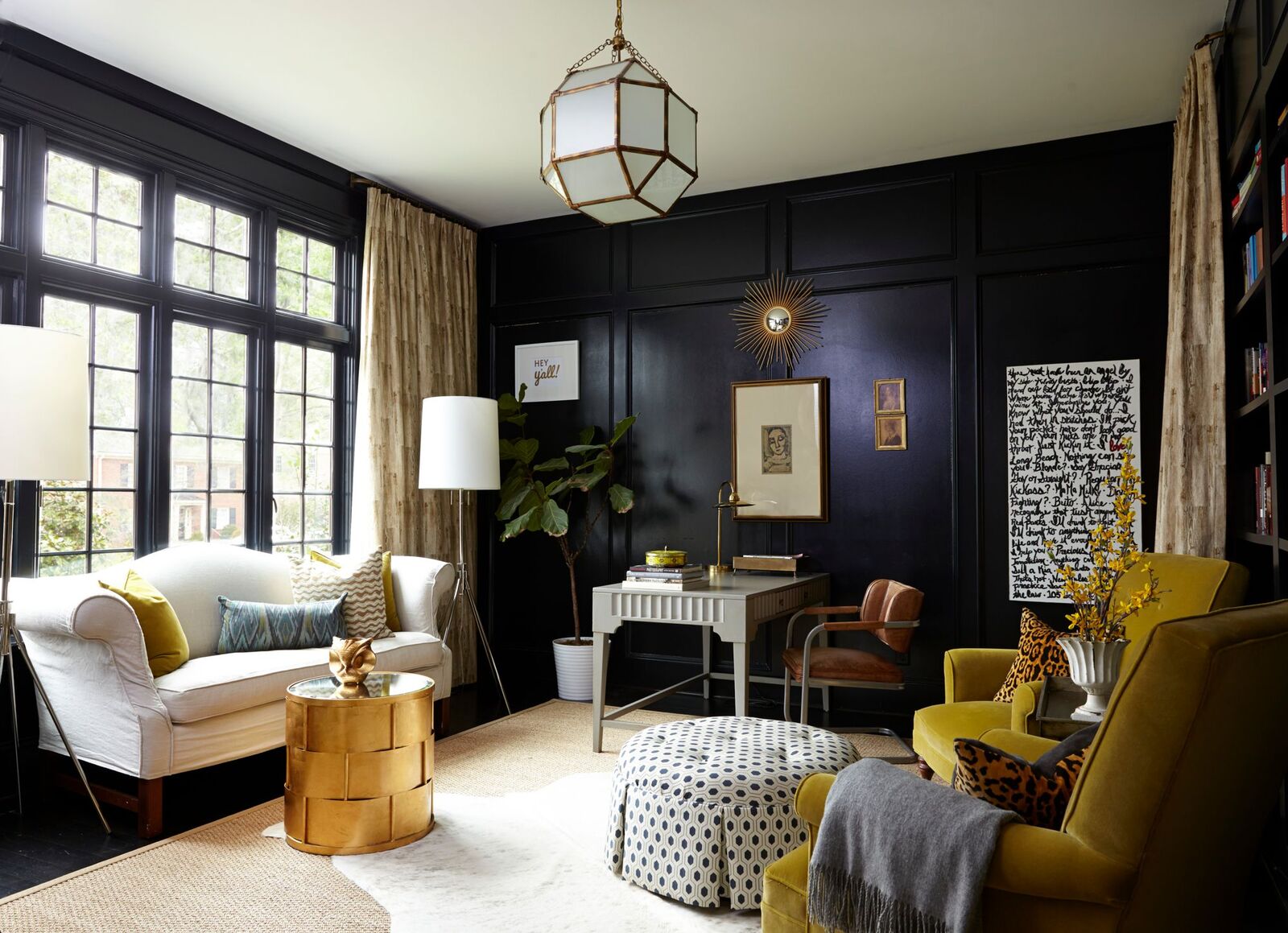
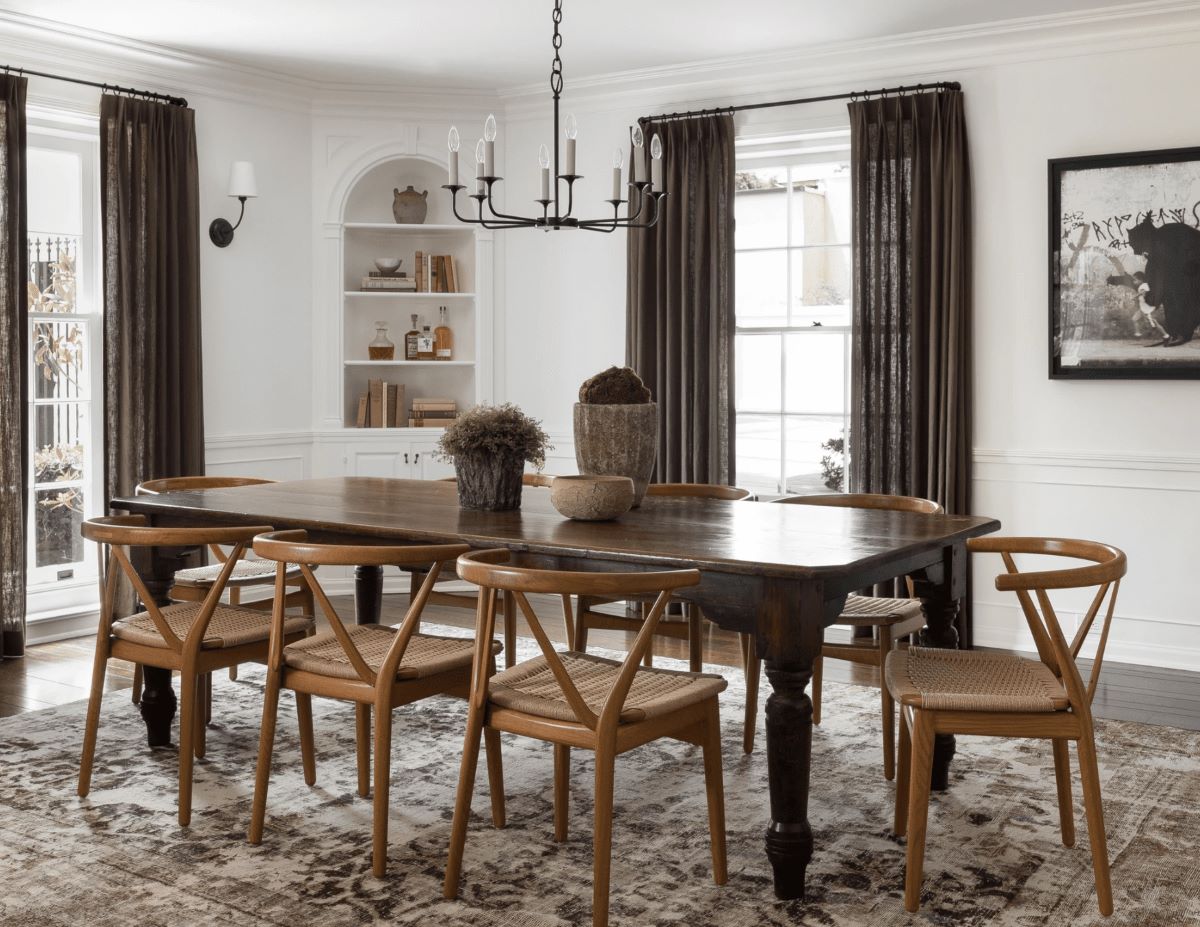
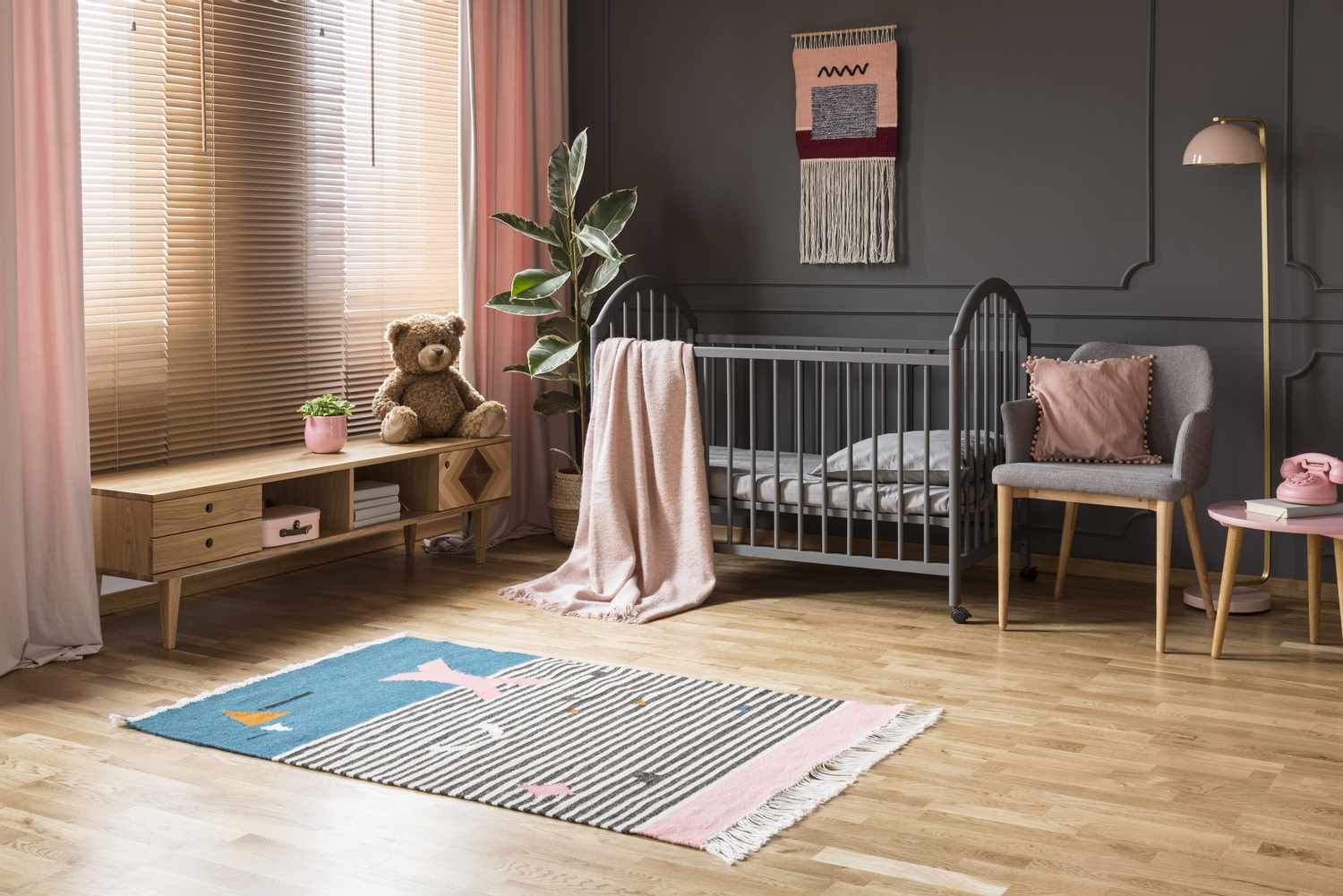
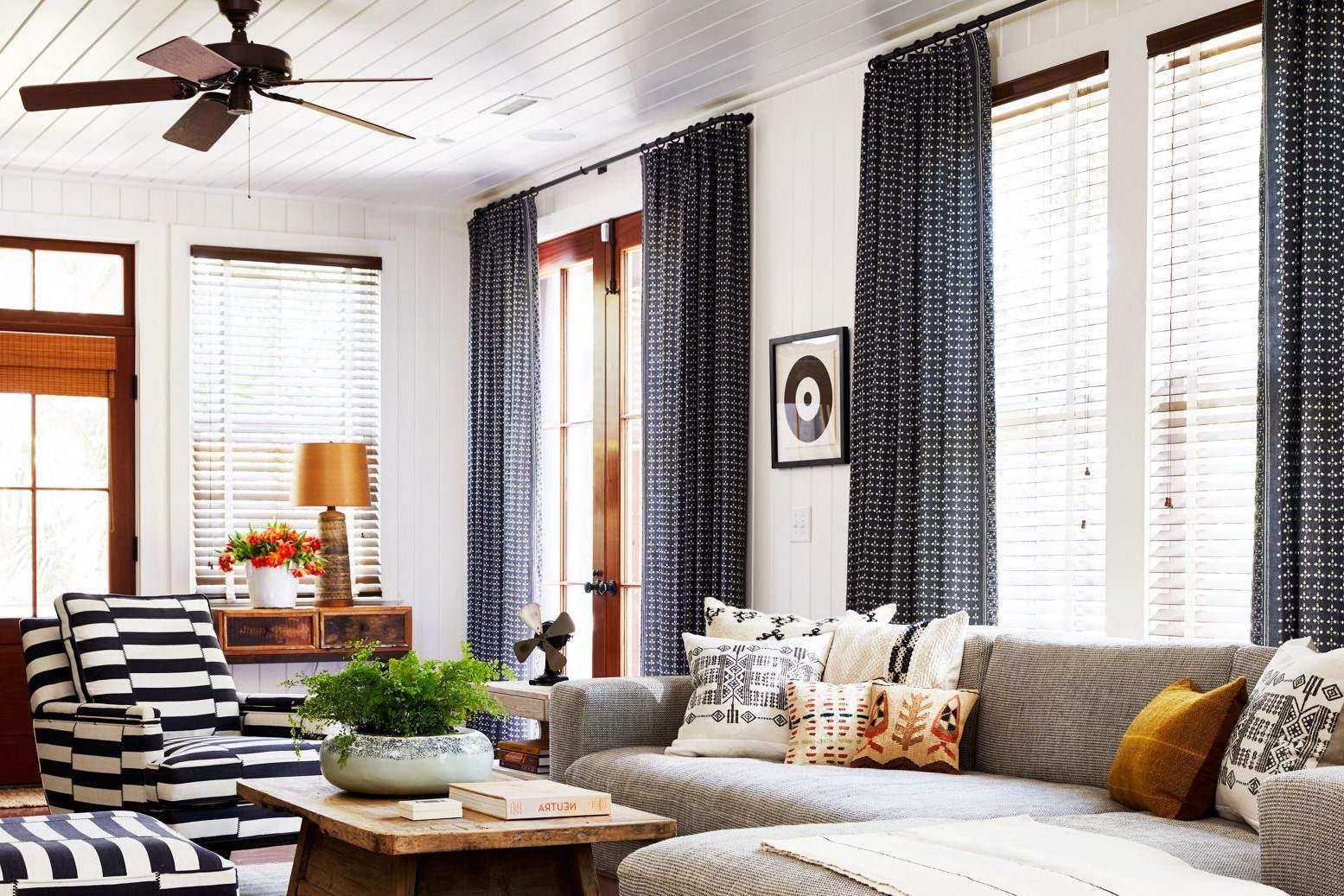
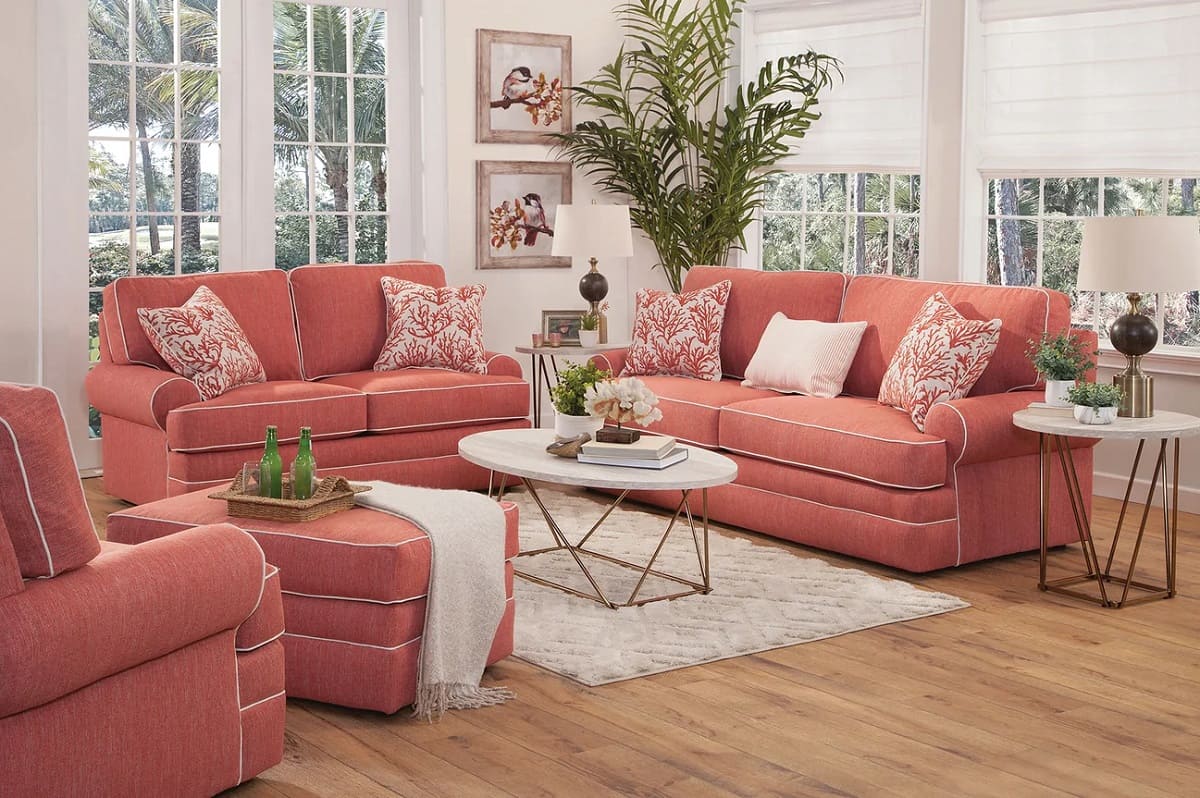
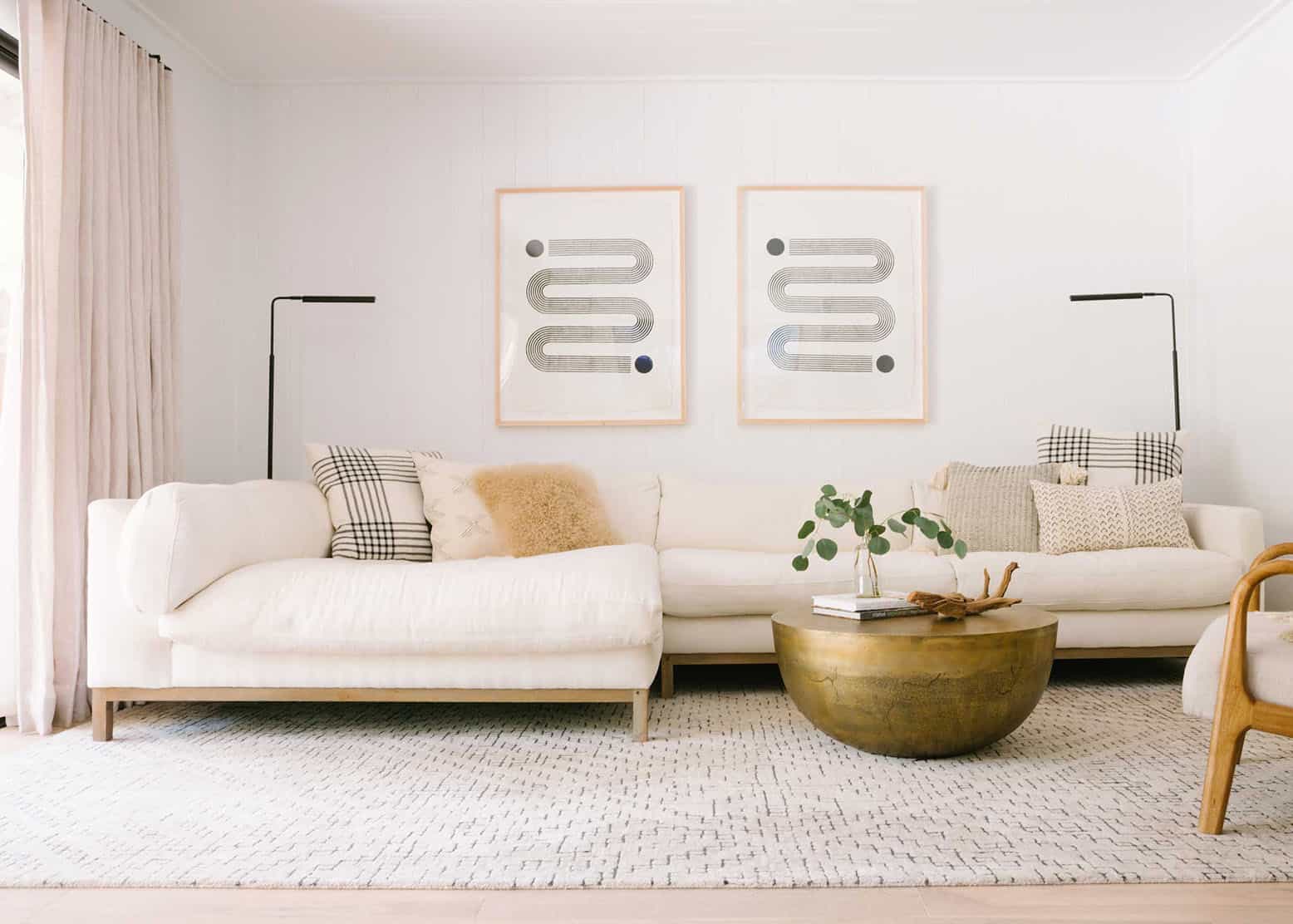
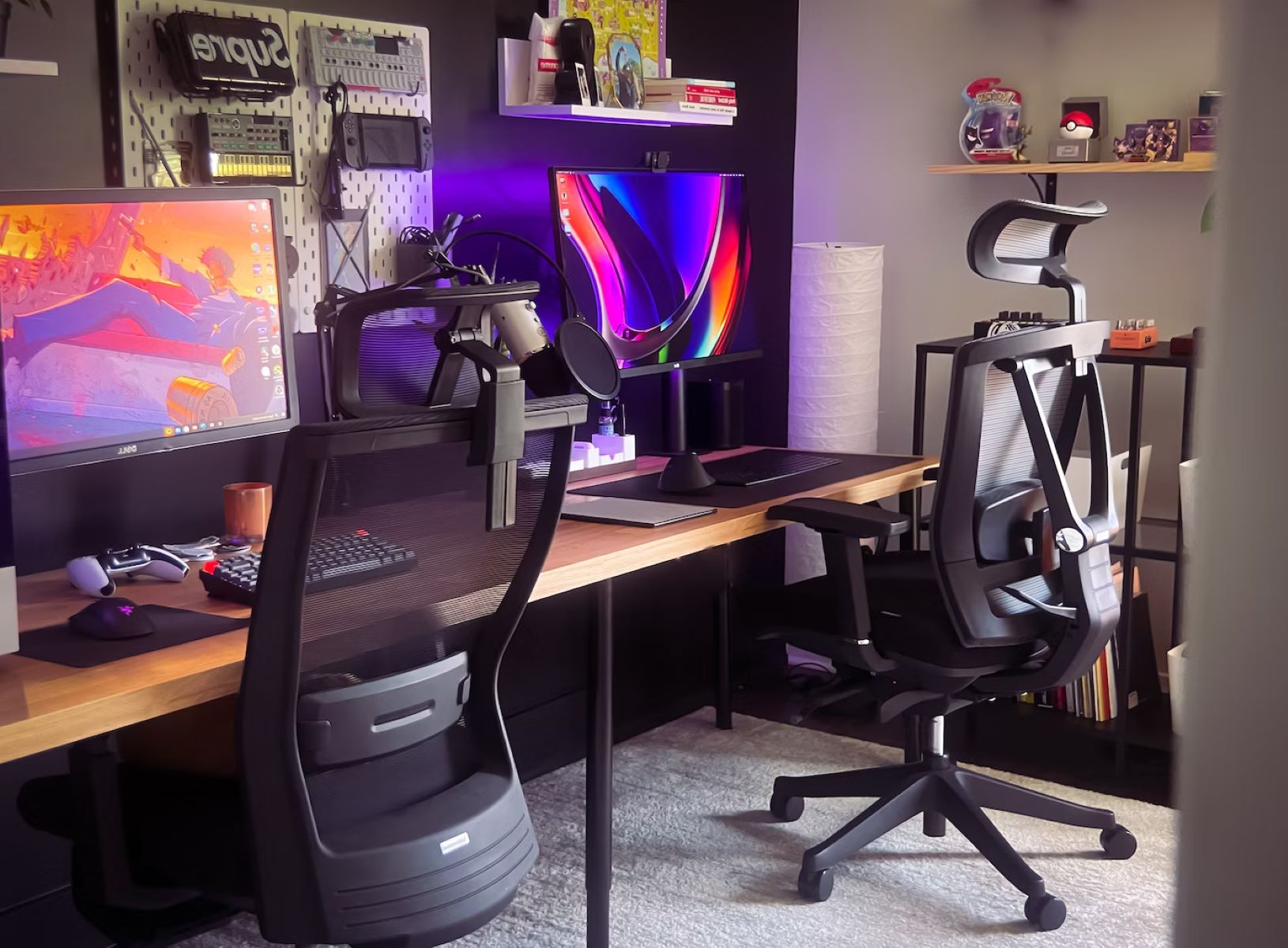
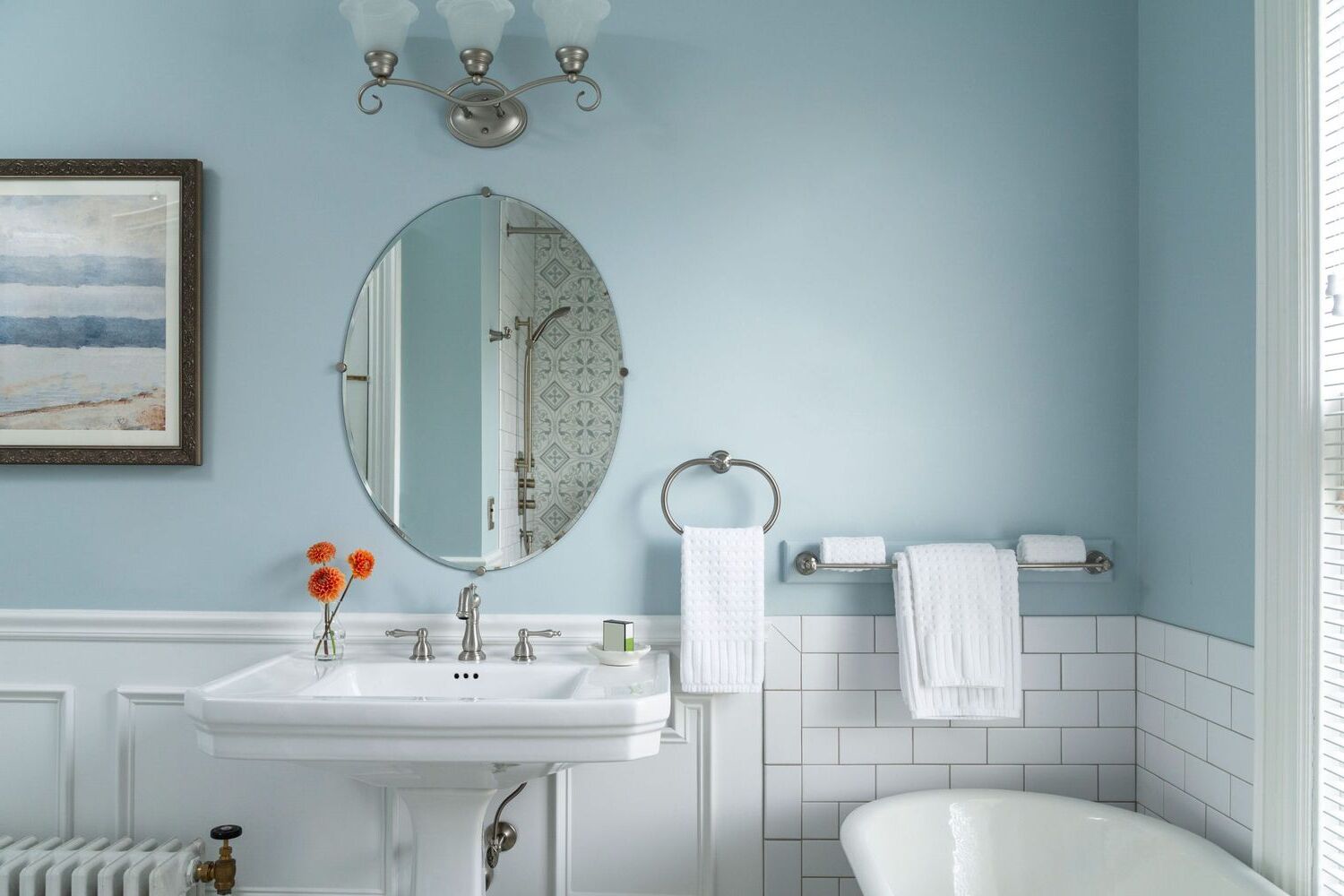
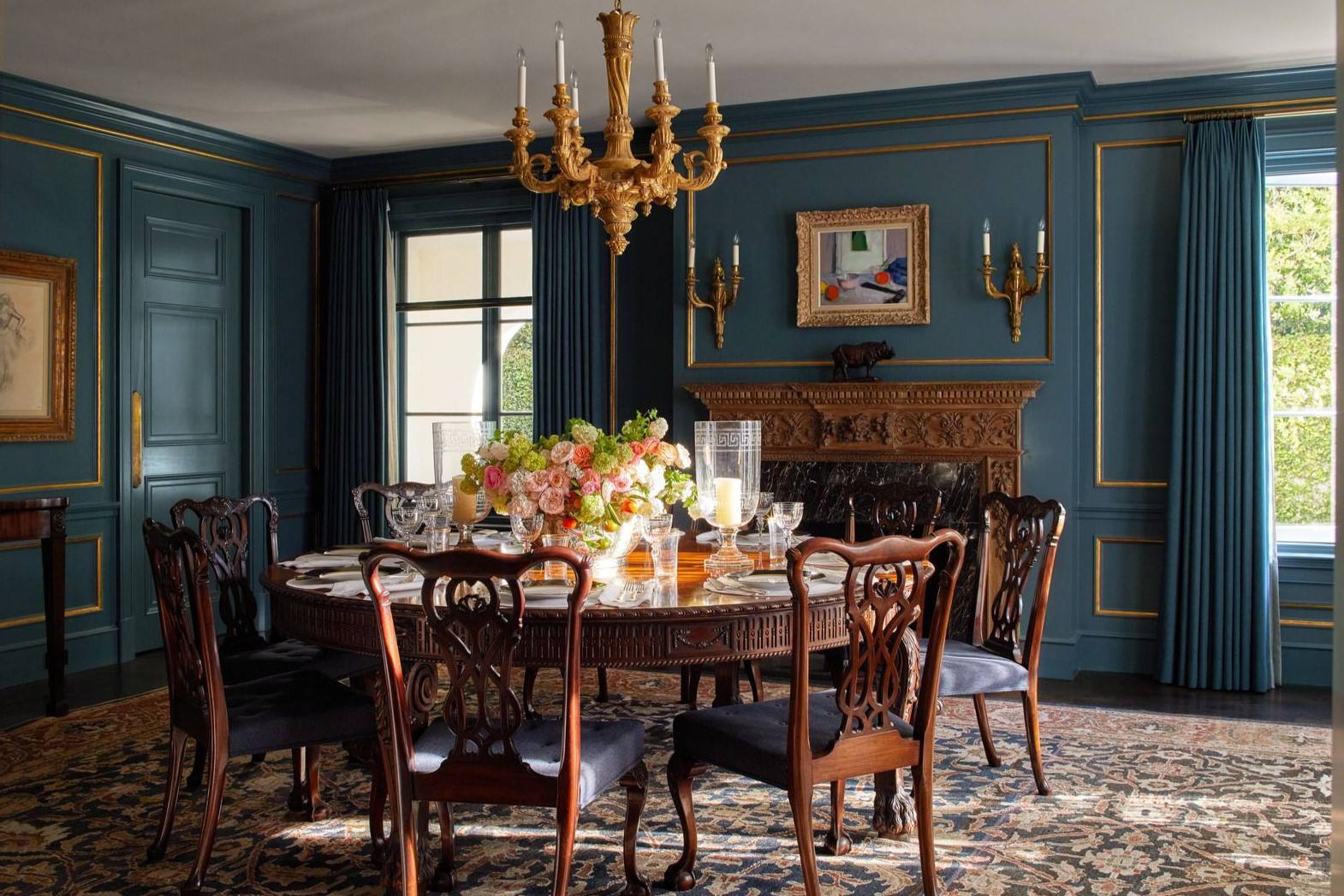
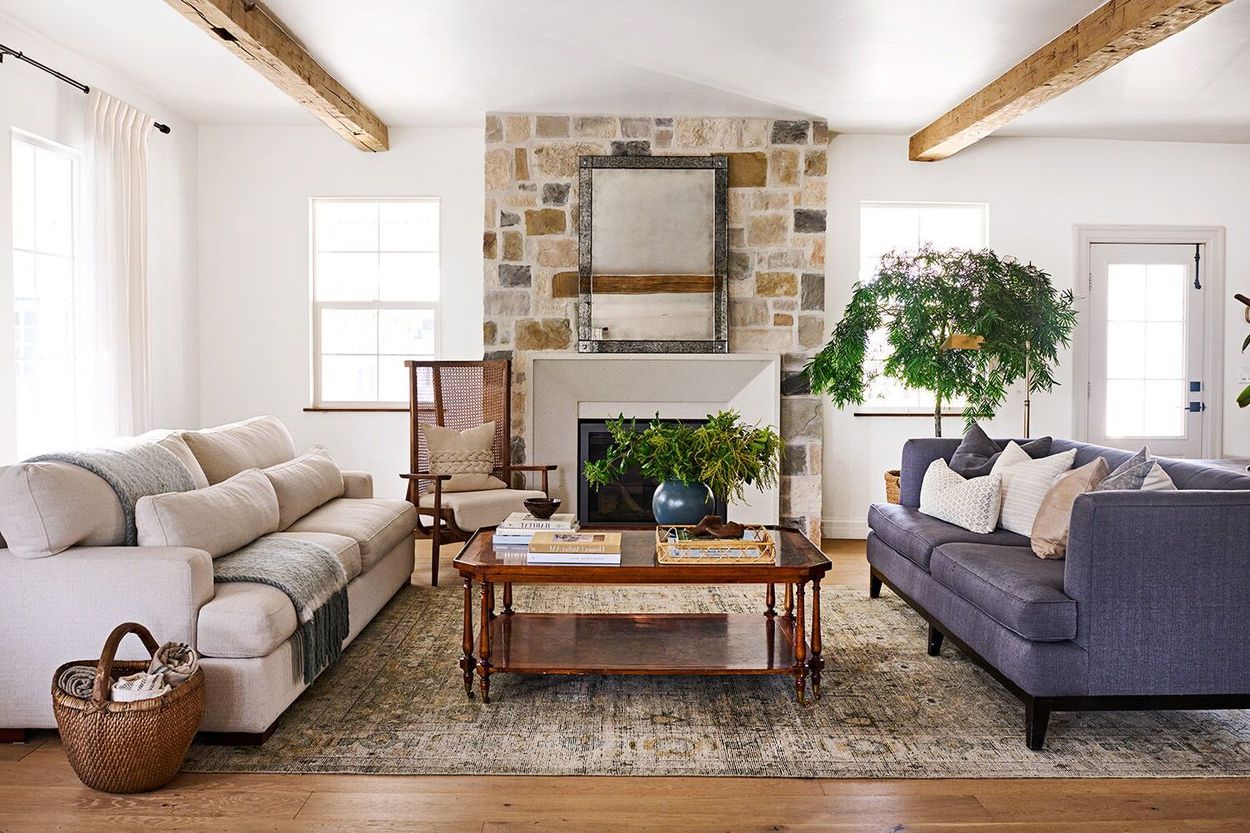
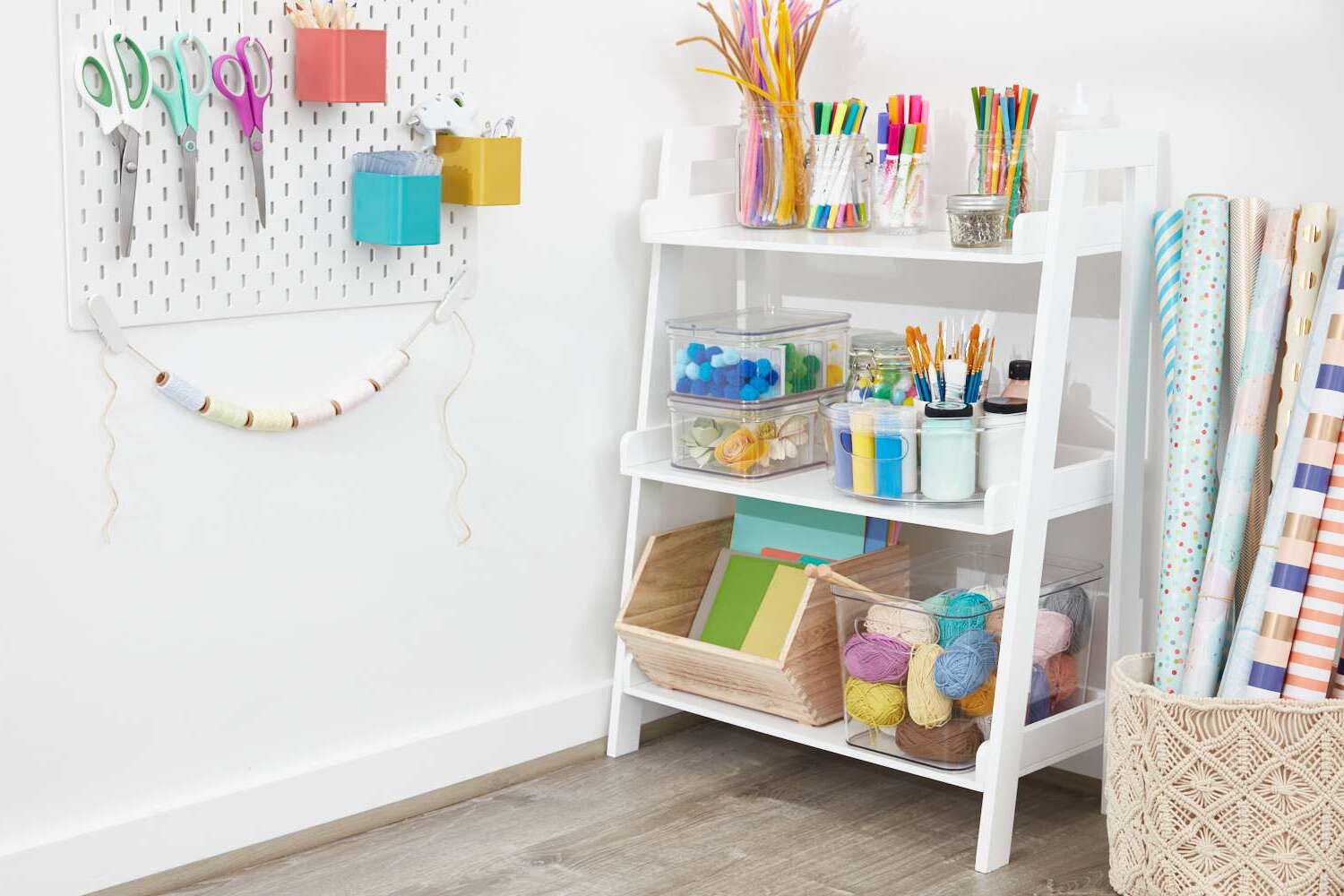
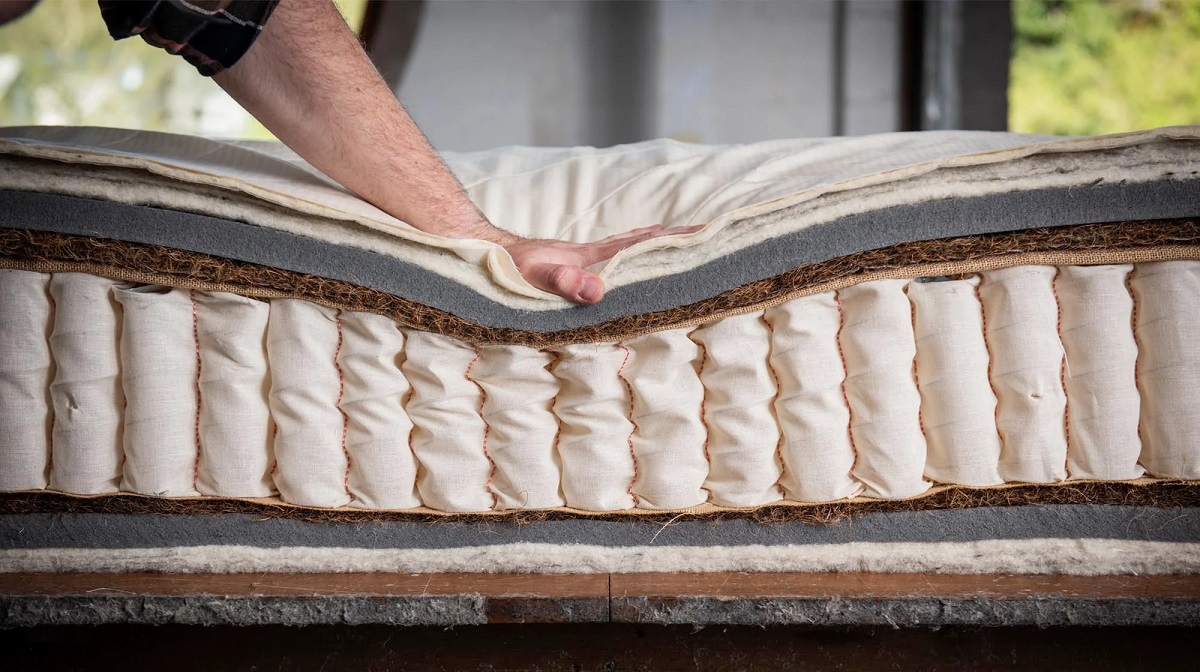
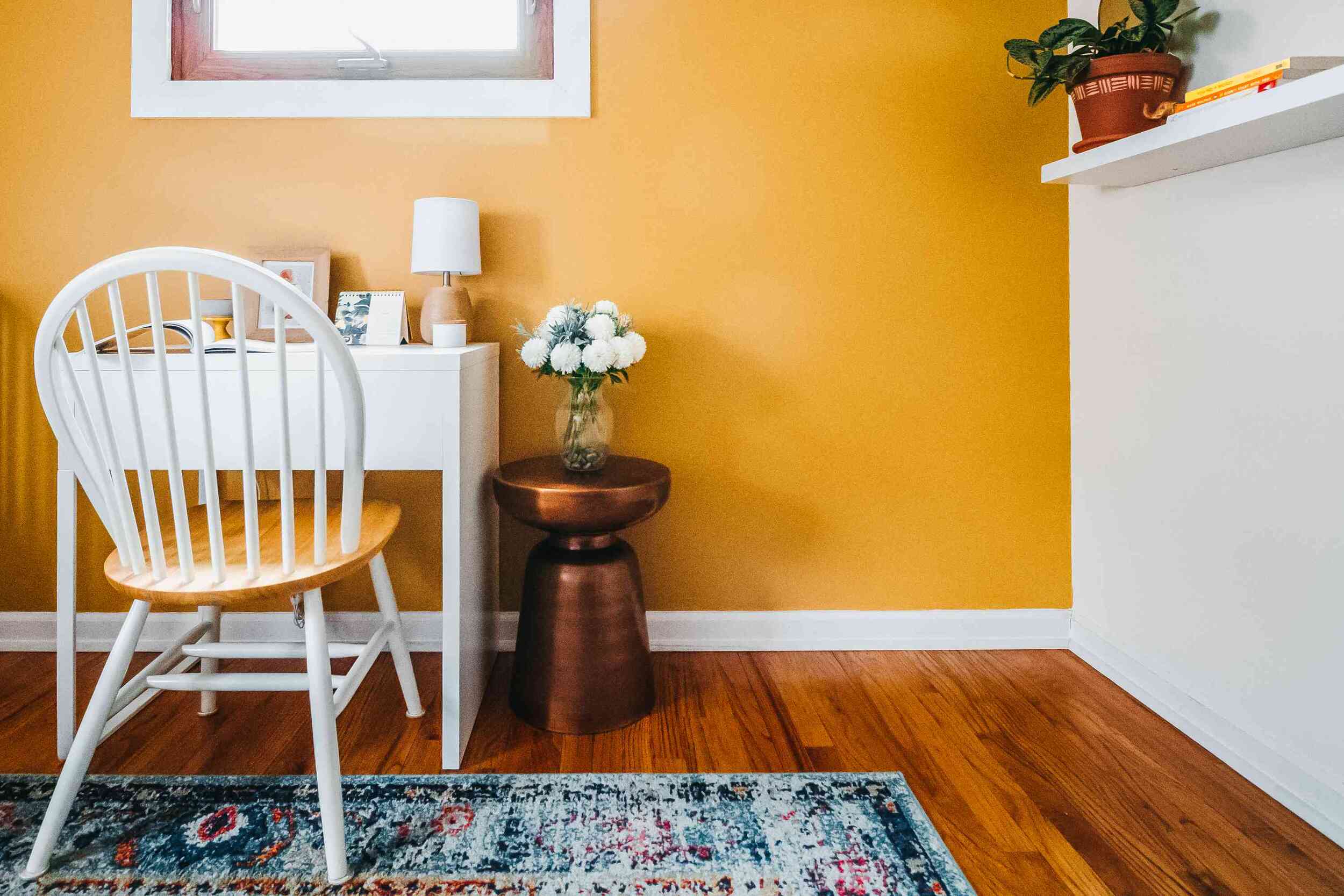

0 thoughts on “How To Choose Curtain Colors For Any Room: Experts Advise”